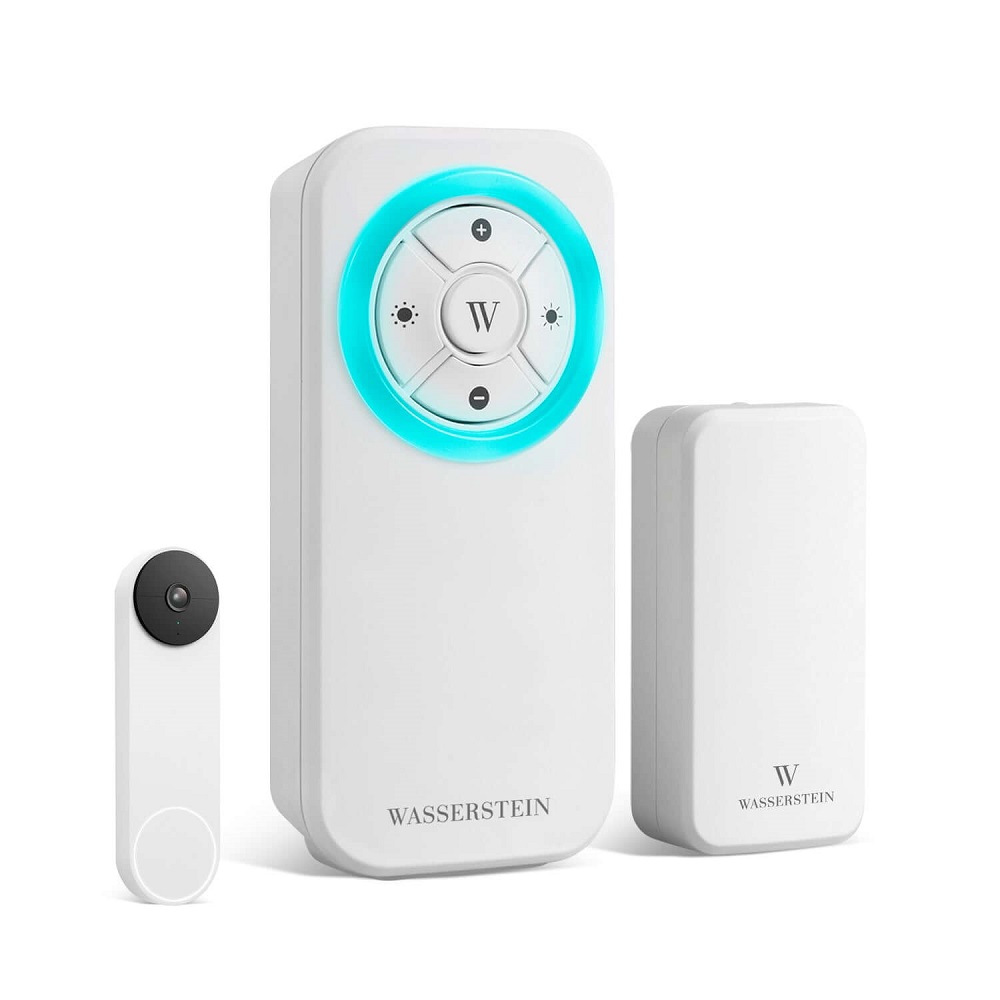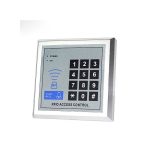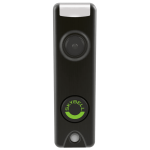In an age where home security and smart technology go hand in hand, the Google Nest Video Doorbell has emerged as a popular choice among homeowners. This innovative device not only enhances security but also provides convenience and peace of mind. In this guide, we’ll explore the features of the Google Nest Video Doorbell, its installation process, and tips to maximize its effectiveness.
Overview of Google Nest Video Doorbell
What Is the Google Nest Video Doorbell?
The Google Nest Video Doorbell is a smart home device designed to provide enhanced security and convenience at your front door. It allows homeowners to see, hear, and communicate with visitors through a smartphone app when someone rings the doorbell or triggers the built-in motion sensors. The doorbell comes equipped with high-definition video, two-way audio, and intelligent features that elevate your home security system.
Key Features
The Nest Video Doorbell boasts an array of features that enhance both functionality and user experience. It offers crisp HD video that provides a clear view of your doorstep, day or night, thanks to its night vision capabilities. The device includes person, package, and vehicle detection, sending alerts directly to your smartphone whenever someone or something appears in the camera’s view. Additionally, its two-way audio feature lets you speak to visitors from anywhere, making it perfect for deliveries or unexpected visitors.

Benefits of the Google Nest Video Doorbell
Enhanced Security
One of the primary benefits of the Google Nest Video Doorbell is the considerable boost it offers to home security. Homeowners can effectively monitor activity at their front door, deterring potential intruders with the presence of an observable security device. Knowing that the camera is in continuous operation provides peace of mind, whether you’re at home or away.
Easy Integration with Other Smart Devices
The Google Nest Video Doorbell seamlessly integrates into the wider Google Nest ecosystem, functioning alongside other smart devices in your home. You can connect it to Google Assistant-enabled devices, allowing you to view your doorstep video on compatible smart displays or televisions. Integration with smart locks enhances security by allowing you to unlock your door for guests remotely.
Installation Requirements
Tools and Equipment Needed
Before you begin the installation process, gather the necessary tools and equipment to make the process smooth and efficient. Generally, you will need a power drill, screwdriver, level, and the included mounting bracket and screws that come with your Google Nest Video Doorbell. If your doorbell will be hardwired, ensure you also have the appropriate electrical tools and supplies to handle wiring safely.
Types of Installation
The Google Nest Video Doorbell can be installed in two ways: wired and battery-powered. If your home has existing doorbell wiring, the wired option uses this power source, ensuring you never have to worry about recharging the battery. If you prefer a wireless setup for greater installation flexibility, the battery-powered option can be placed anywhere near your front door without the need for wiring.

Step-by-Step Installation Process
Installation of the Wired Version
- Turn Off Power: Before anything else, turn off the power to your existing doorbell at the circuit breaker to avoid any electrical hazards.
- Remove the Old Doorbell: Unscrew the existing doorbell and carefully disconnect the wires.
- Attach the Mounting Bracket: Use the provided mounting bracket to mark where you will install the new doorbell. Make sure it’s level. Drill holes and secure the bracket in place.
- Connect the Wires: Attach the wires from your home to the corresponding terminals on the back of the Google Nest Video Doorbell.
- Secure the Doorbell: Once the wires are connected, push the doorbell into the mounting bracket until it clicks in place.
- Restore Power: Turn the power back on at the circuit breaker.
- Setup through the App: Download the Google Home app and follow the prompts to set up your new doorbell.
Installation of the Battery-Powered Version
- Select Your Installation Location: Find a suitable location near your front entry that provides a clear view of the area.
- Use the Mounting Template: Nest provides a mounting template to help position the doorbell correctly. Tape the template to your chosen spot.
- Secure the Mounting Bracket: Drill pilot holes based on the template, then fix the mounting bracket in place using the provided screws.
- Attach the Doorbell: Slide the doorbell onto the mounting bracket until it securely clicks into place.
- Charge the Battery: Ensure the battery is fully charged by using the provided charger. It may take a few hours to reach a full charge.
- Setup through the App: Similar to the wired version, download the Google Home app and complete the setup process by following the in-app instructions.
Configuring Settings in the Google Home App
Setting Up Notifications
Once your doorbell is installed and running, customize its settings through the Google Home app. Start by adjusting notification settings so you receive alerts when someone rings the doorbell or triggers motion detection. You can set notifications for different types of activities, whether it’s detecting a person, package, or vehicle. This customization helps ensure you don’t get overwhelmed with unnecessary alerts while ensuring you stay informed.
Adjusting Sensitivity and Zones
The Google Nest Video Doorbell allows you to fine-tune motion sensitivity settings and establish activity zones. This feature helps to limit notifications to only significant events, filtering out background movements like passing cars or pets. By customizing these settings, you can create safe zones where activity detection is more focused, which is particularly useful if you live in busy neighborhoods.

Maximizing the Use of Your Google Nest Video Doorbell
Utilizing Two-Way Communication
The two-way audio feature allows you to communicate directly with visitors at your door. This feature is especially useful for preventing package theft or for greeting guests without having to open the door. Combining this feature with the video feed can give you a complete view of who is at your doorstep while engaging in conversation, offering both convenience and added security.
Integrating with Other Smart Devices
Take full advantage of your Google Nest Video Doorbell by integrating it with other smart home devices. Pair it with smart locks, smart lights, and Google Assistant to elevate your home’s functionality. For instance, you can set up your front lights to turn on automatically when the doorbell detects motion. This process not only enhances security but also creates a welcoming environment for visitors.
Troubleshooting Common Issues
Connectivity Problems
If you experience connectivity issues with your Google Nest Video Doorbell, start by checking your Wi-Fi network strength. An unstable Wi-Fi connection can affect the video feed and notifications. Ensure that your doorbell is within range of your router. If needed, reposition your router or incorporate a Wi-Fi extender to enhance coverage in that area.
Video Feed Issues
If the video feed appears blurry or low-quality, ensure that the camera lens isn’t obstructed by dirt or moisture. Clean the camera lens regularly to maintain optimal image quality. Additionally, verify your internet speed and connection, as slower networks can cause streaming issues. If performance does not improve after checking these factors, consider restarting the device through the Google Home app.
Conclusion
With its advanced features, easy integration, and stylish design, the Google Nest Video Doorbell elevates home security and convenience. Following the installation steps and utilizing the features allows you to take full advantage of this innovative device. As you familiarize yourself with its capabilities, you’ll find ways to enhance your home’s security, making everyday life easier and more secure.
Investing time in installing and configuring your Google Nest Video Doorbell effectively prepares you to enjoy the benefits of modern technology. Extend your smart home ecosystem by integrating it with other devices and optimizing its features for your lifestyle. With a little effort, you can transform your front door into a hub of security and connection, providing peace of mind every time you hear the doorbell ring.


